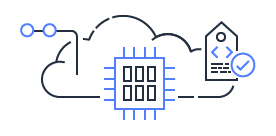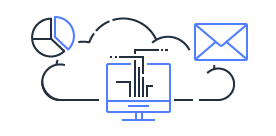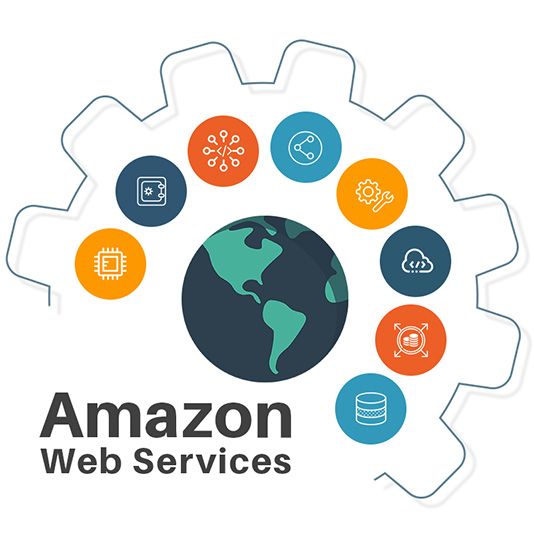Developed by Amazon, the AWS is one of the most-used cloud platforms with high computing capacity and various database management facilities designed to help a business grow at low costs. The AWS cloud solutions were developed to make the storage easy and simple for everyone without the huge charges to deploy and maintain the servers separately. Xapotech Systems offers an array of AWS cloud services and AWS consulting services to transform the way you store, access and manage information in your organisation. Our managed AWS services are designed to help our clients take the right approach towards the cloud storage platform and drive business innovation and future planning.

The three main types of cloud computing include Infrastructure as a Service, Platform as a Service, and Software as a Service. Each type of cloud computing provides different levels of control, flexibility, and management so that you can select the right set of services for your needs.

Infrastructure as a Service, sometimes abbreviated as IaaS, contains the basic building blocks for cloud IT and typically provide access to networking features, computers (virtual or on dedicated hardware), and data storage space. Infrastructure as a Service provides you with the highest level of flexibility and management control over your IT resources and is most similar to existing IT resources that many IT departments and developers are familiar with today.

Platforms as a service remove the need for organizations to manage the underlying infrastructure (usually hardware and operating systems) and allow you to focus on the deployment and management of your applications. This helps you be more efficient as you don’t need to worry about resource procurement, capacity planning, software maintenance, patching, or any of the other undifferentiated heavy lifting involved in running your application.

Software as a Service provides you with a completed product that is run and managed by the service provider. In most cases, people referring to Software as a Service are referring to end-user applications. With a SaaS offering you do not have to think about how the service is maintained or how the underlying infrastructure is managed; you only need to think about how you will use that particular piece of software. A common example of a SaaS application is web-based email where you can send and receive email without having to manage feature additions to the email product or maintaining the servers and operating systems that the email program is running on.
